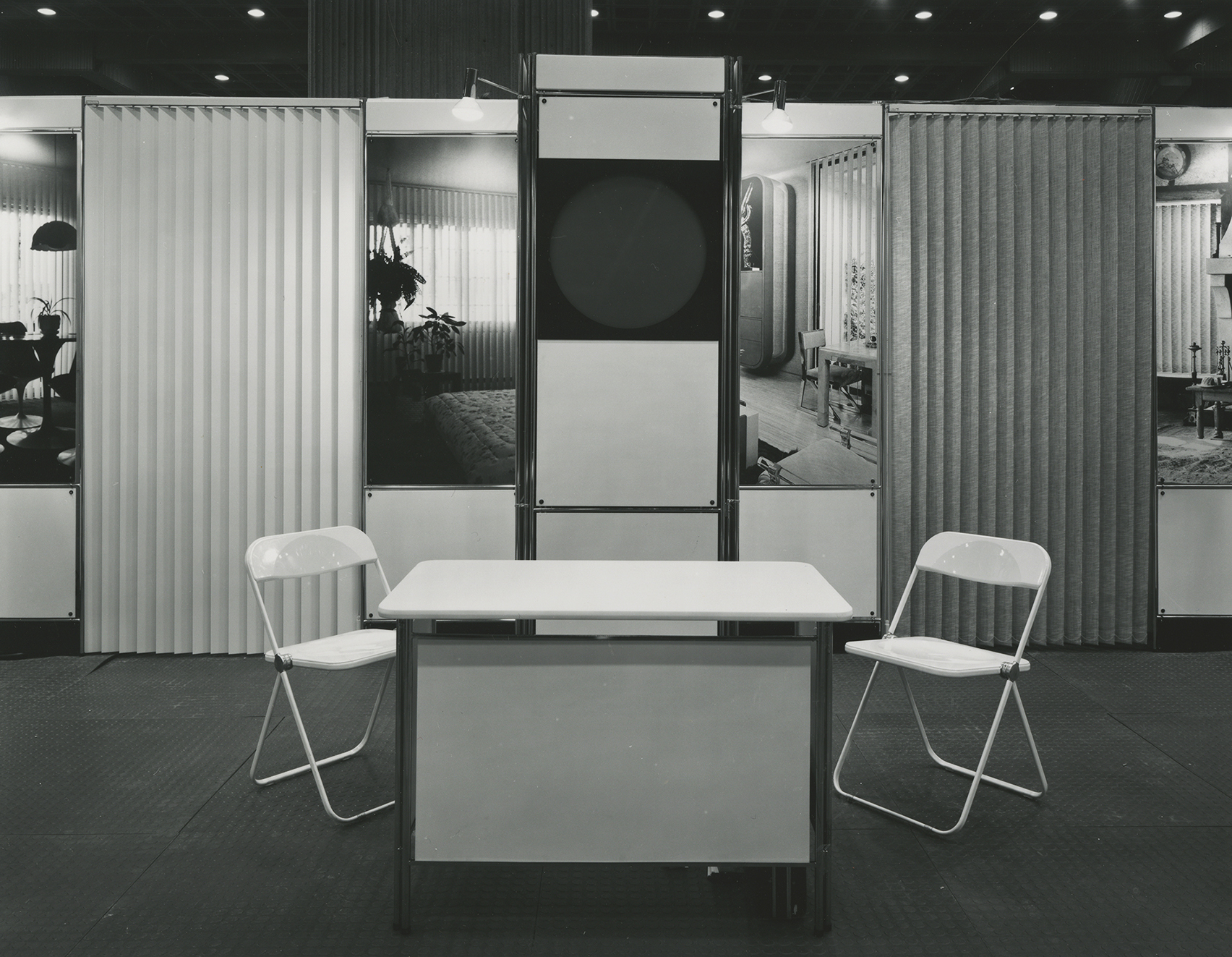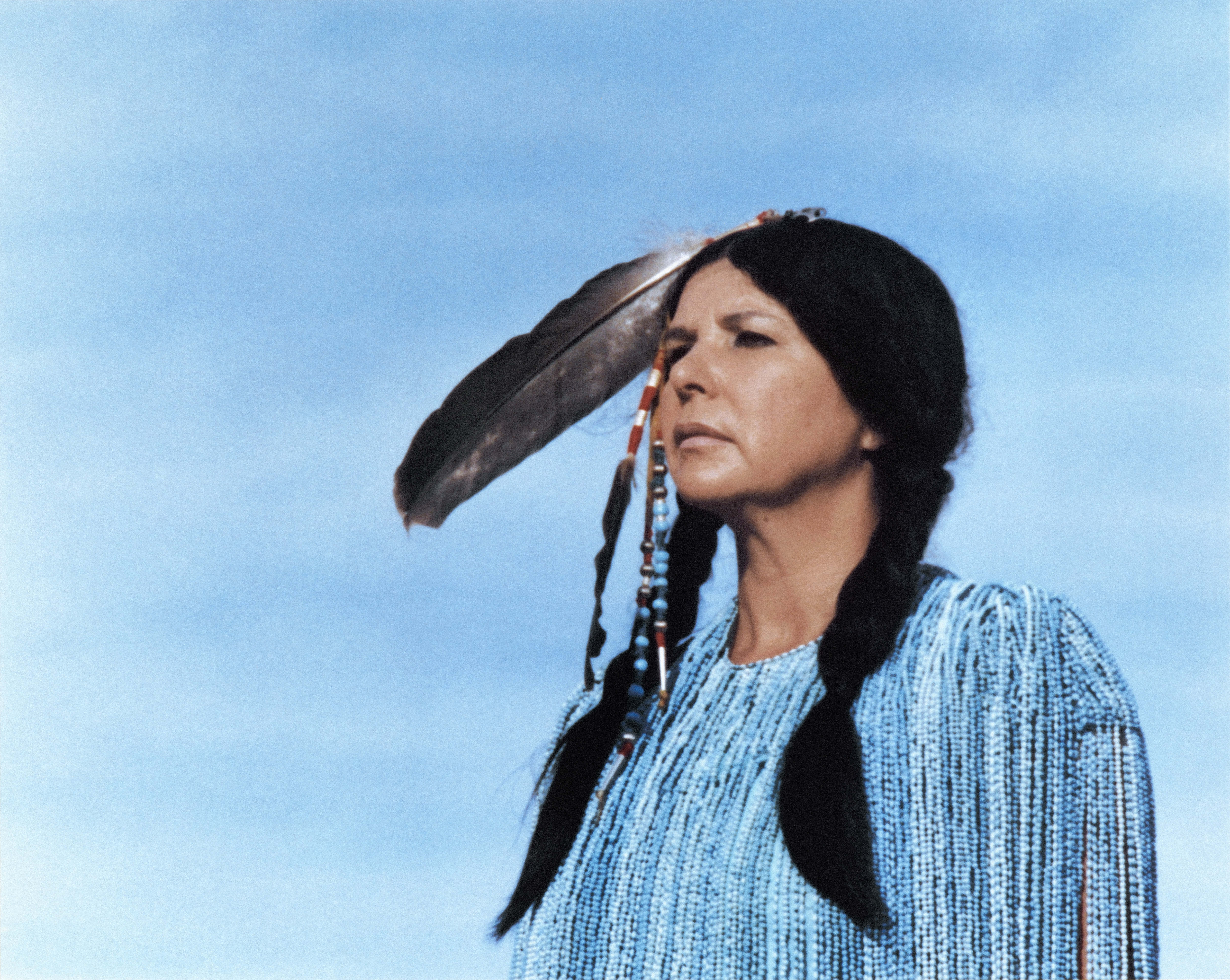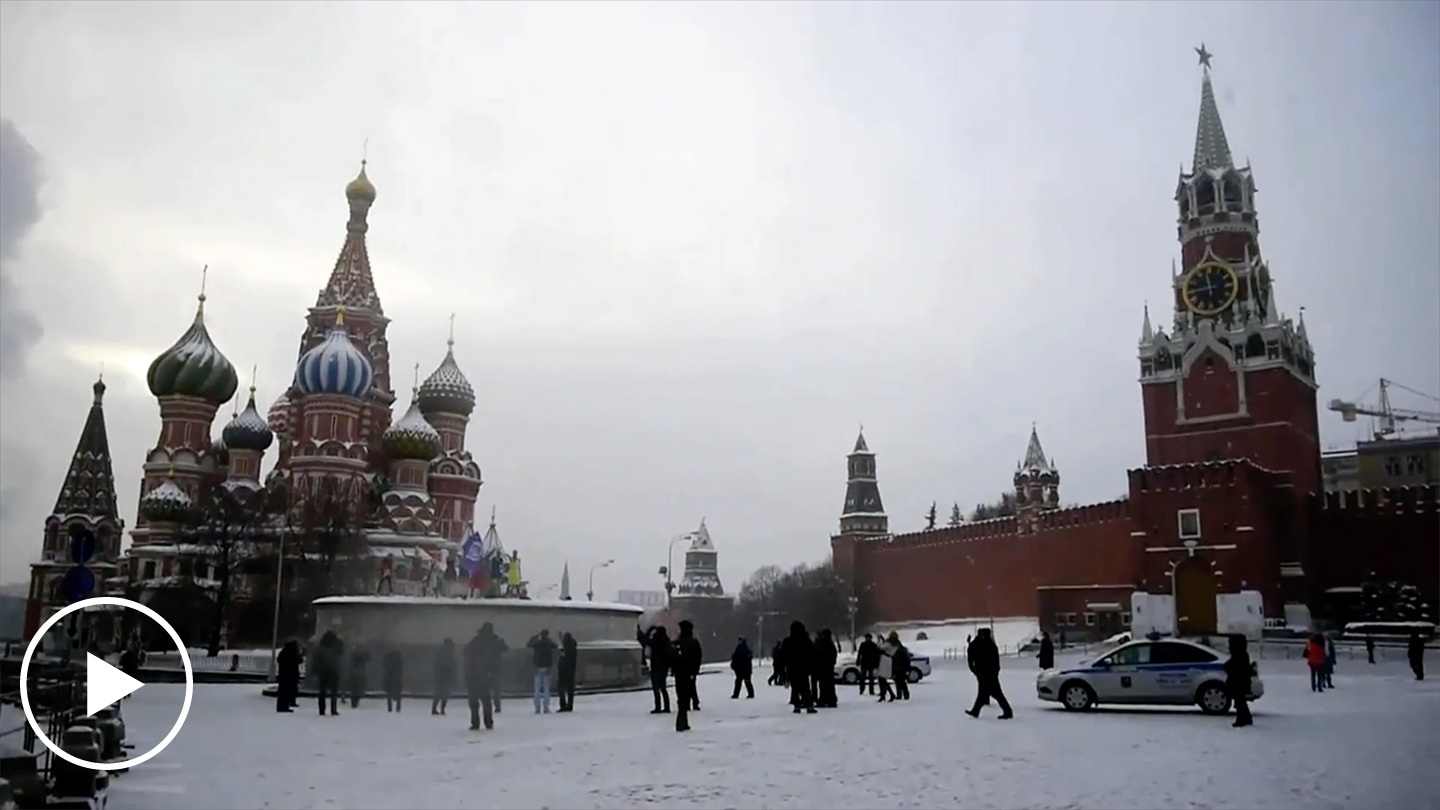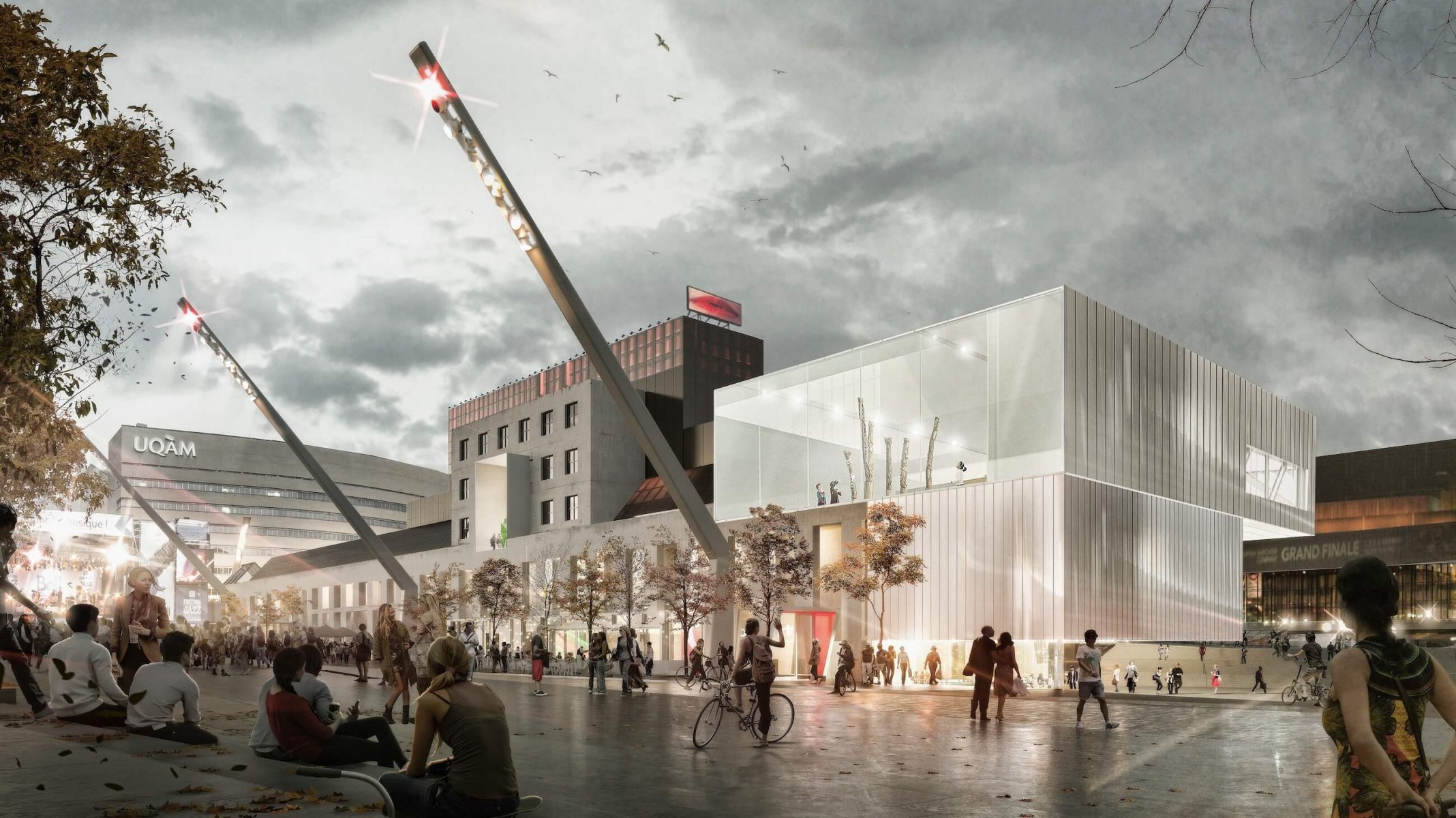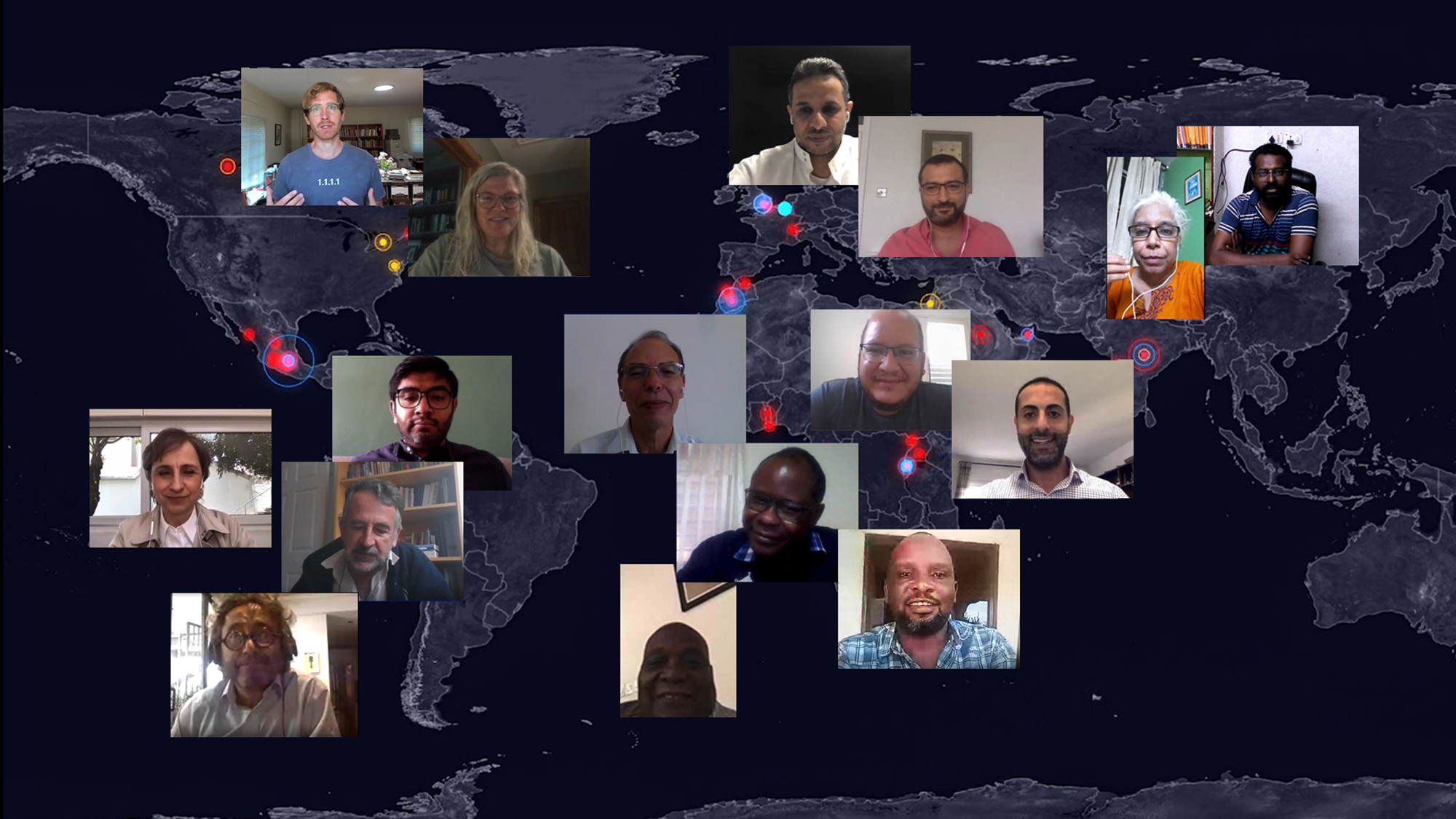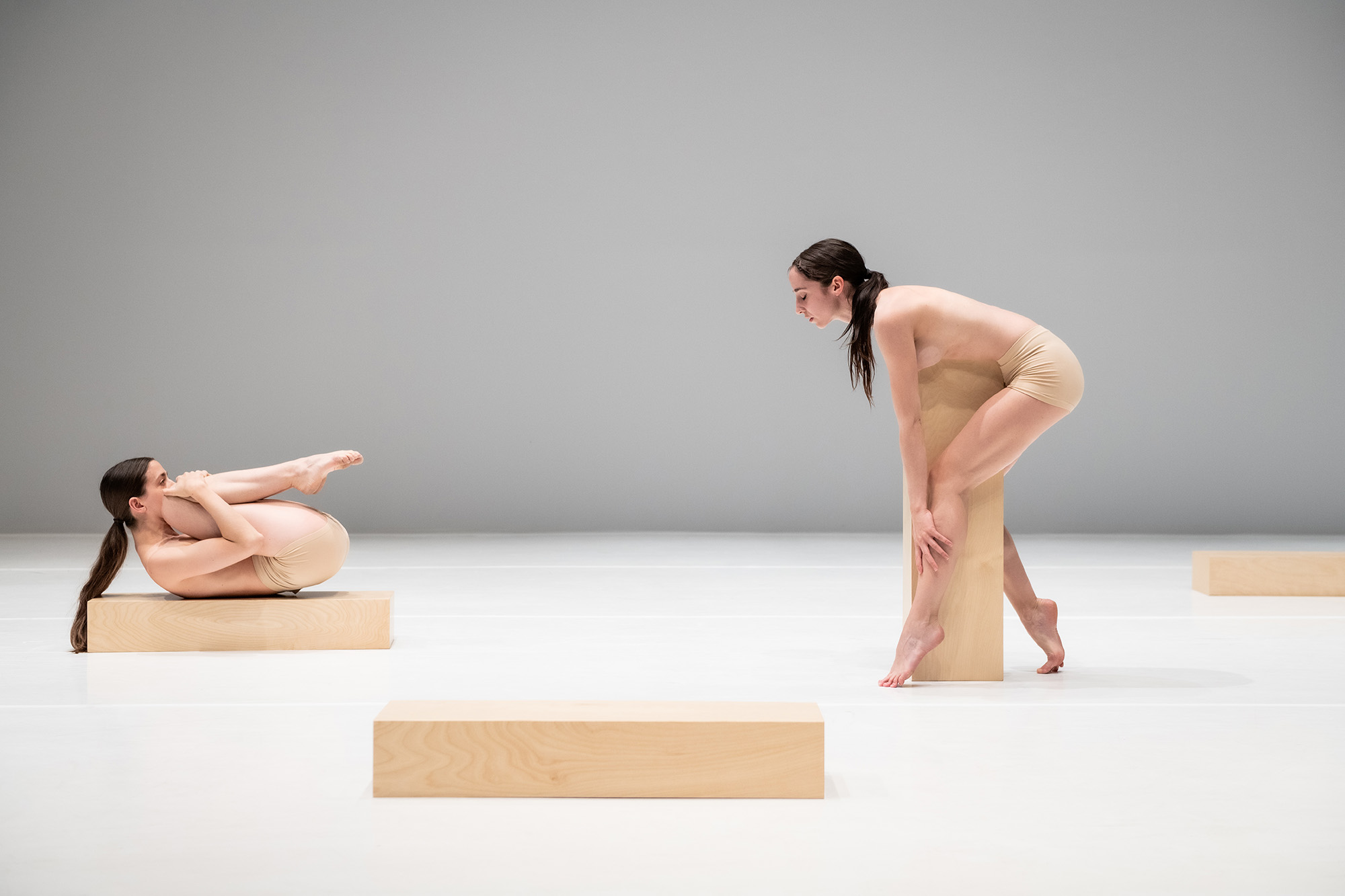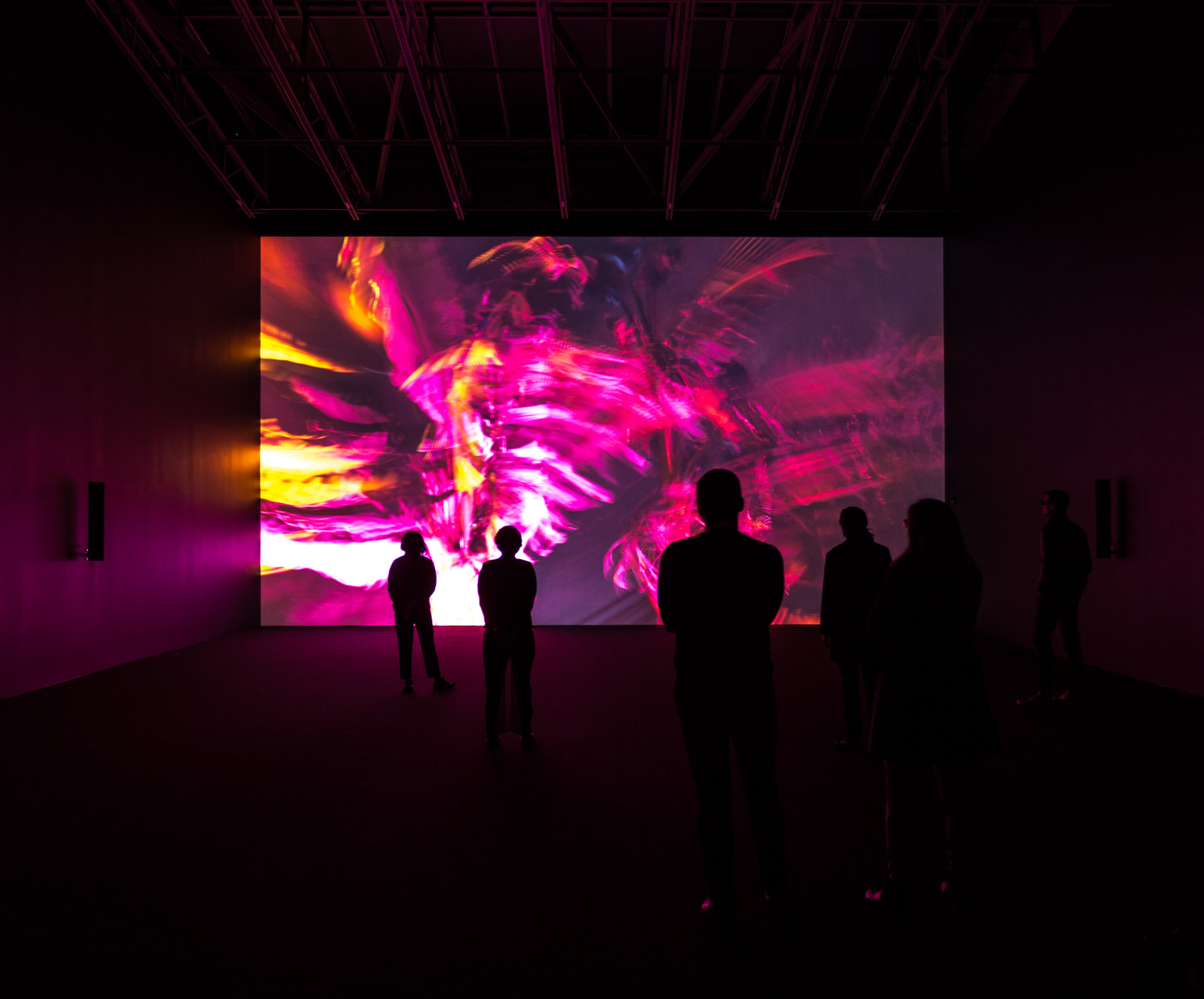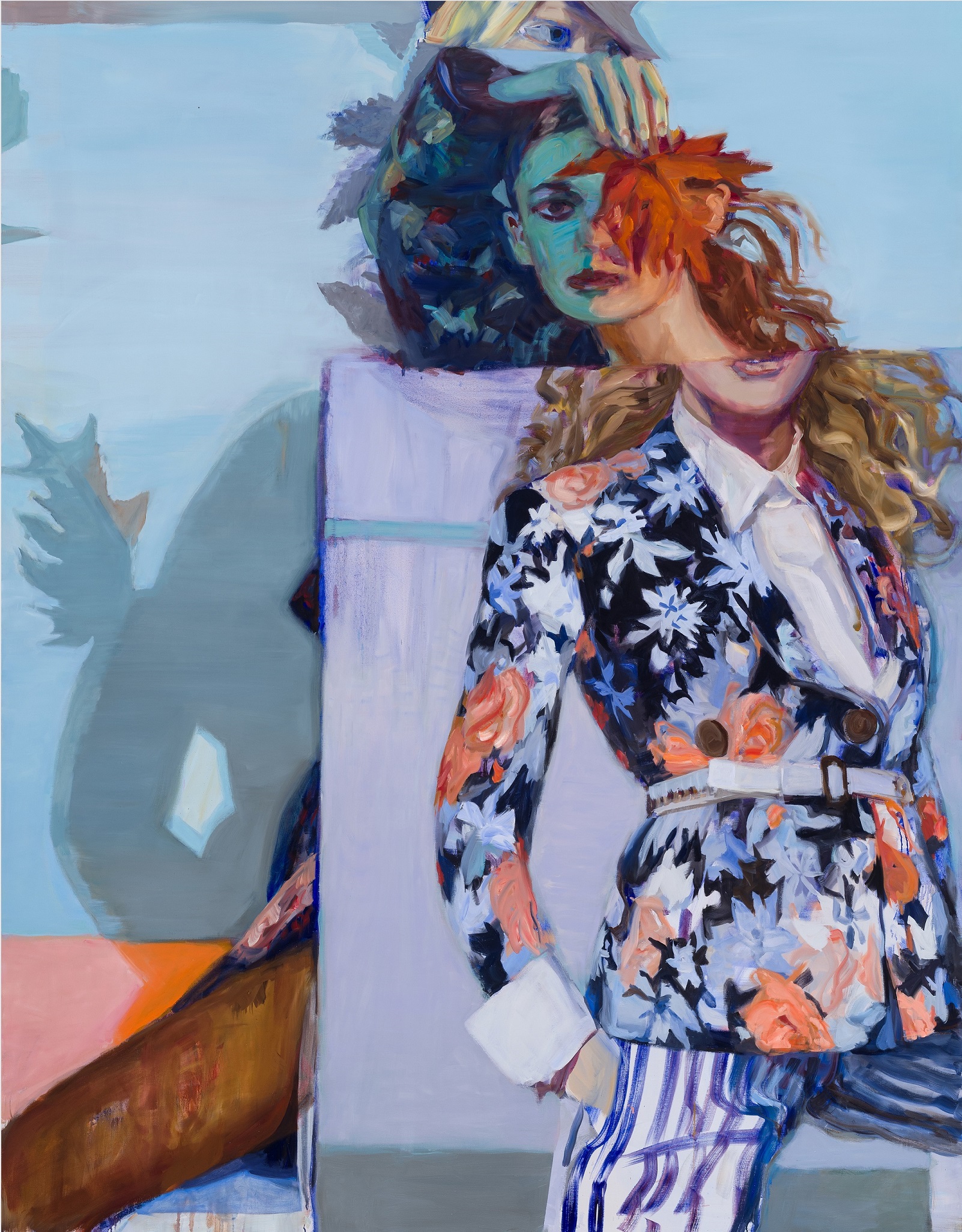Yesterday’s Tomorrows
Runa Islam
David K. Ross : Attaché
May 21 – September 6, 2010
185, Sainte-Catherine Ouest
Montréal Qc H2X 3X5
Why are so many contemporary artists revisiting the forms, ideas and aspirations of early Modernism? That highly topical question is the crux of the exhibition Yesterday’s Tomorrows that brings together works by ten Québec, Canadian and international artists who re-examine this pivotal period in the twentieth century. Seductive functional objects, elegant glass and steel houses, large-scale urban projects⎯Modernism is predicated on a utopian belief in the role that art could play in making a better world. To contemplate this era so full of contradictions, the artists featured here have established a dialogue or collaboration with a particular Modernist architect or designer. You, in turn, can take a fresh look at the works of Mies van der Rohe, Buckminster Fuller or Eileen Gray through the photographs, installations, films and videos presented at the Musée d’art contemporain de Montréal.
Each of the works in the exhibition revisits a particular moment in the Modernist canon, telling the (hi)story of an object, a building or a theoretical approach. The contemporary work contains the history of the original⎯including its inscription in a social context and its significance within the Modernist canon⎯but attaches new meaning.
Some revisit visionary monuments created by the masters of Modernism. The work of American artist Iñigo Manglano-Ovalle, for example, focuses on Mies van der Rohe’s Farnsworth House; Austrian artist Dorit Margreiter films a house by John Lautner which, incidentally, was used in the production of various television series and films like The Big Lebowski; British artist Simon Starling takes recycled materials to remake the lamps of Danish designer Poul Henningsen; and Slovenian artist Tobias Putrih draws inspiration from Buckminster Fuller’s geodesic domes.
Others investigate peripheral or overlooked figures: Torontonian John Massey photographs a house designed by his father, Hart Massey, his fellow Torontonian Paulette Phillips has created an installation based on architect and designer Eileen Gray’s villa E-1027 and Montrealer David Tomas deconstructs a villa designed by Ludwig Wittgenstein, while the installation by Iranian-German artist Nairy Baghramian is the result of a close collaboration with French industrial designer Janette Laverrière.
Finally, two of Britain’s Brutalist architects are the subject of two other pieces: Scottish artist Toby Paterson examines Basil Spence’s British Pavilion for Expo 67, and Arni Haraldsson, from Vancouver, looks at Ernő Goldfinger, who was the reluctant source of the name of a James Bond movie and one of whose projects served as a location for the film A Clockwork Orange.
While avoiding nostalgia, the artists in the exhibition cast a sympathetic eye over these tomorrows of yesterday, which had their failures and contradictions, but which are firmly embedded in the collective cultural landscape. Curated by Lesley Johnstone.
A program of films complementing the exhibition will feature works by the following artists: Johanna Billing, Domènec, Terence Gower, Ursula Mayer, Sadie Murdoch, Pia Rönicke and Judi Werthein. Guest curator: Hajnalka Somogyi
Runa Islam
A rising star on the contemporary art scene, British artist Runa Islam gained an international reputation with her participation in the 2005 Venice Biennale and her nomination for the 2008 Turner Prize. This new exhibition is a coproduction of the Musée d’art contemporain de Montréal and the Museum of Contemporary Art, Sydney, Australia. It comprises five film installations by the artist, including the world premiere of Magical Consciousness, 2010, a shared commission by the two museums.
Through her works, Islam pursues an investigation of the history of experimental film, doing away with narrative structures and representations in favour of visual explorations. The Montréal presentation focuses on the artist’s fascination with cinema as a device. It consists of five 16-mm film installations produced over the last six years, including a 2010 work commissioned by the two presenting museums. Titled Magical Consciousness, this silent film simultaneously conceals and reveals a screen⎯actually, a Japanese screen covered in gold leaf. Filmed in black and white, the gold turns to silver (the “silver screen” also being a metaphor for cinema in general) and the screen becomes something of a reflector of an imagined consciousness that is counter to any depicted narrative.
In Assault, 2008, a man is filmed in close-up, facing the camera, lit by high-intensity projectors and in different saturated colours. Untitled, 2008−2009, offers a succession of close-ups against a blurred photograph. With The House Belongs to Those Who Inhabit It, 2008, Islam experiments with “writing with the camera” as she looks at graffiti used by squatters who appropriate a site by signing this slogan. Finally, in Be The First To See What You See As You See It, 2004, she follows a woman walking through an exhibition gallery who runs her eye (and then her hand, until she knocks everything to the floor) over a china tea service. In this work, the artist uses slow motion to examine the relationship between art, the gallery and the spectator. Curated by Mark Lanctôt in Montréal and Rachel Kent in Sydney.
David K. Ross
In this new series of photographs titled Attaché, Québec artist David K. Ross continues his examination of the world behind the scenes of art and museology. Previously, with Dark Rooms, Ross explored the places where works, crates and materials are stored. This time, he looks at the system of putting artworks away in storage and (literally) highlights the shipping and packing crates used by different museums. The Musée d’art contemporain de Montréal presents David K. Ross – Attaché from May 21 to September 6, 2010.
Ross’s specific focus here is the connection between a particular stage in museography and a moment in contemporary art history. Since the mid-1960s, public art galleries in Canada have used a coded colour attached to their institution to identify their packing and storage crates. Under this system, pink was the MACM’s colour until 1989, followed by deep purple after 1989, ochre yellow was for the MMFA/MBAM, pale turquoise for the AGO/MBAO, red for the NGC/MBAC, deep blue for the CCA and navy blue for the MNBAQ. Each shade in this museological colour chart refers to a specific museum and can be likened to its attaché case, hence the title of the show: Attaché.
Under a new regulation, however, the exterior of crates may no longer be fully painted over. A little like those artists who become attached to obsolete technologies, Ross has thus salvaged some eight empty crates and photographed a detail of each one, which he then enlarged to nearly the actual size of the crate, so that we could imagine a work being placed inside it. The images, in colour and high resolution, bring out the textures and surfaces of these objects which, surprisingly, recall the issues addressed in the 1950s and 1960s by abstract painting: abstract expressionism, colour field painting, monochromatic abstraction. Curated by Josée Bélisle.
Source: Danielle Legentil
Public Relations Coordinator
danielle.legentil@macm.org

